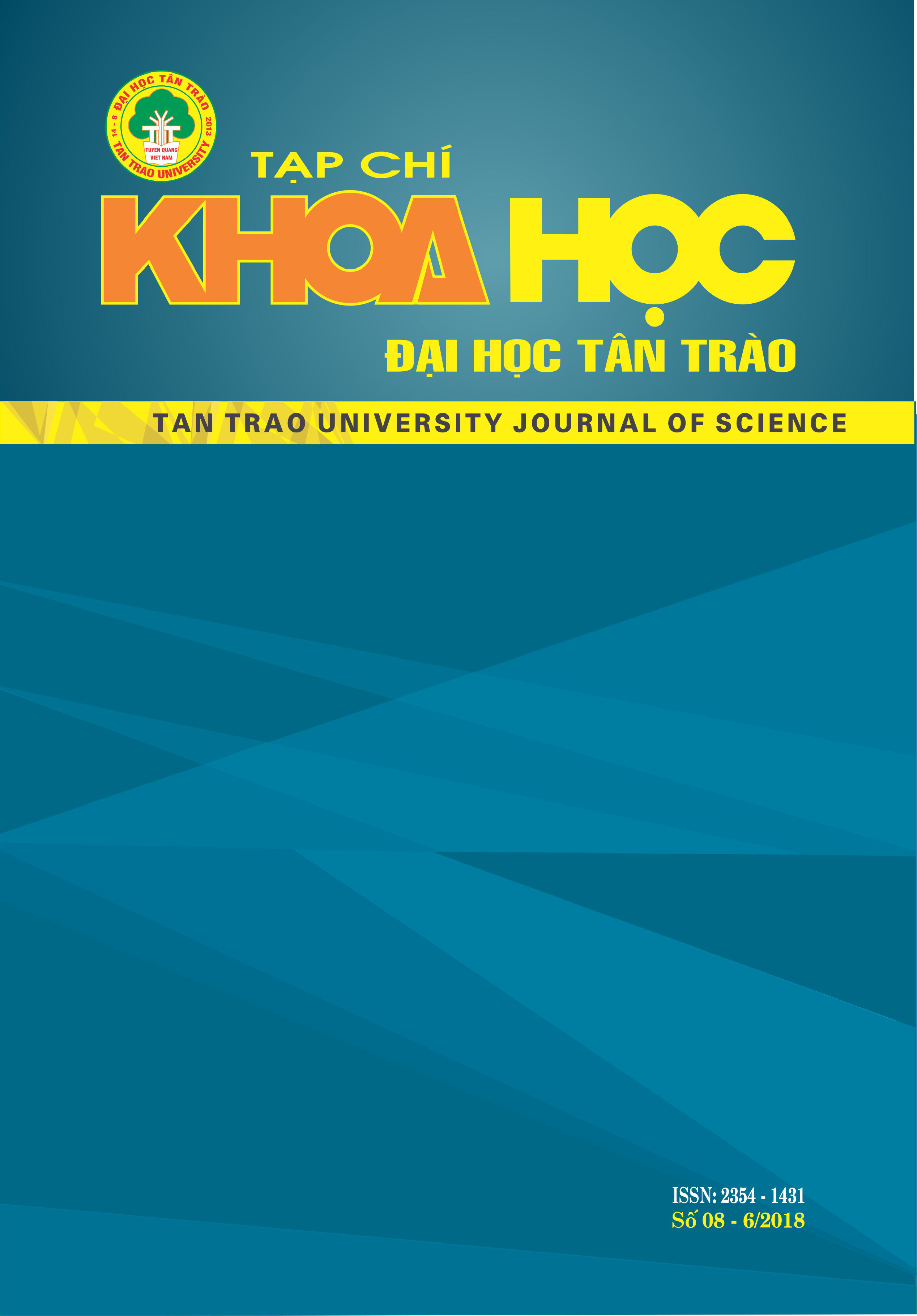Xa Na - a valuable document about the culture of some ethnic groups in Laos and Xinh Mun Nghet people in Vietnam
DOI:
https://doi.org/10.51453/2354-1431/2018/253Keywords:
Xinh Mun, Phoong, Xa na, northwest, Upper Laos, Buddhism, Buddhist culture.Abstract
The Xinh Mun and the Phoong are two of 53 indigenous groups who speak Mon - Khmer language and reside in Vietnam and Laos. They mainly reside in the northern border of Vietnam and Laos. The researchers assume that they are the oldest residents in northern Indochina. Recently, a lot of data shown that the Xinh Mun (Puoc) originated from Laos, and in the later on migrated to the Northwestern border communes.
The data on Xana in the campus of Hoa Binh Pagoda (Vat San Ti Phap) in Phonxavan; Xana Pu Khun crossroad (Muong Ka Si, Xieng Khoang); Xana in the drum festival of the Poong (Phoong) in Muong Kham; Xana in the Xinh Mun's funerals in Yen Chau (Son La), etc. allow to initially affirm that, Xing Mun culture, particularly Puoc Nghet groups possess many cultural elements in northern Laos, especially Buddhist culture ...
Downloads
References
1. Trần Bình (2002), Về văn hóa Xinh Mun, Nxb Khoa học xã hội, Hà Nội;
2. Lao National Font for Contruction (Leo Lao hac xat) (2005), The Ethnics Groups in Lao P.D.R., Viengtiean;
3. Nguyễn Văn Thiệu (1996), Cấu trúc tộc người ở Lào (Ethnic structure of Laos), Nxb Khoa học xã hội, Hà Nội;
4. Uđom Khattinha & Đuôngxay Luongphasi (1996), Vương quốc Khủn Chương, Viengtiean;
5. Đặng Nghiêm Vạn (và các tác giả) (1972), Những nhóm dân tộc thuộc ngữ hệ Nam Á ở Tây Bắc Việt Nam, Nxb Khoa học xã hội, Hà Nội.
Downloads
Published
How to Cite
Issue
Section
License

This work is licensed under a Creative Commons Attribution-ShareAlike 4.0 International License.
All articles published in SJTTU are licensed under a Creative Commons Attribution-ShareAlike 4.0 International (CC BY-SA) license. This means anyone is free to copy, transform, or redistribute articles for any lawful purpose in any medium, provided they give appropriate attribution to the original author(s) and SJTTU, link to the license, indicate if changes were made, and redistribute any derivative work under the same license.
Copyright on articles is retained by the respective author(s), without restrictions. A non-exclusive license is granted to SJTTU to publish the article and identify itself as its original publisher, along with the commercial right to include the article in a hardcopy issue for sale to libraries and individuals.
Although the conditions of the CC BY-SA license don't apply to authors (as the copyright holder of your article, you have no restrictions on your rights), by submitting to SJTTU, authors recognize the rights of readers, and must grant any third party the right to use their article to the extent provided by the license.





